Topic Content:
- Common Laboratory Apparatuses and their Uses
- Theory Questions and Answers:

Below are Common Laboratory Apparatus, their description and uses:
| Apparatus | Description and use | Picture | |
| 1. | Beaker | A container made of glass or plastic It comes in different sizes in cm3 (ml). It is used as a container. Beakers made of glass are used for indirect heating of chemicals and water. | 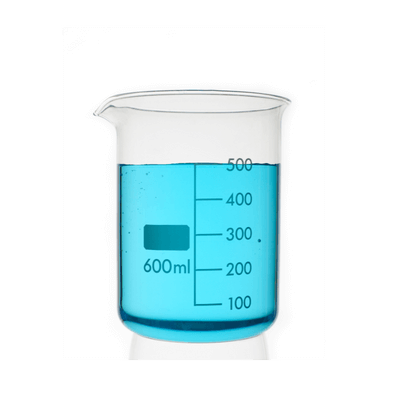 |
| 2. | Bunsen Burner | This is a metallic device that produces a single open flame when connected to a gas outlet. It is used as a source of heat for heating. | 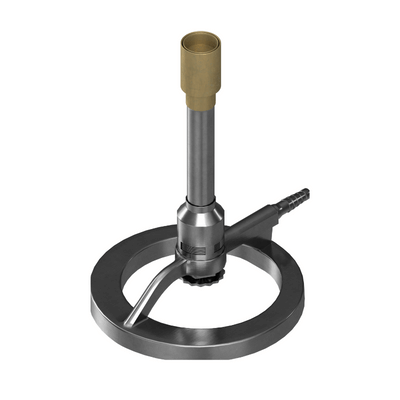 |
| 3. | Burette | It is made of glass or plastic and fitted with a stopcock; Can be used to withdraw and measure accurate volumes of solutions during titrations. | 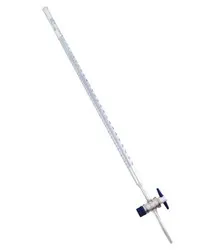 |
| 4. | Conical Flask | It is made of glass or plastic; It has a cone shape with a narrow neck. It allows content to be swirled during an experiment. It is also used to mix or store chemicals. A glass conical flask is used for indirect heating of substances. | 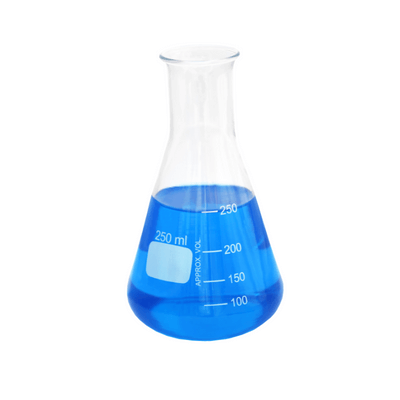 |
| 5. | Crucible and Cover | It is made of porcelain; It is used for heating small amounts of solid substances at high temperatures. | 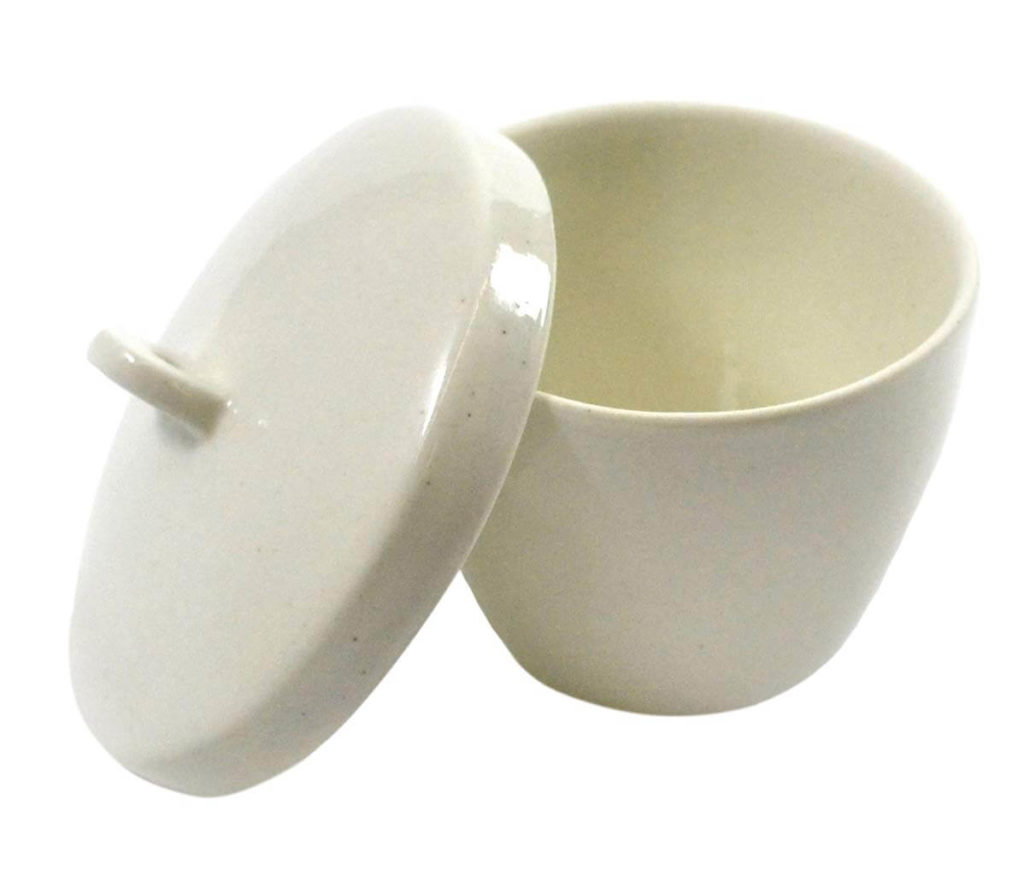 |
| 6. | Crucible Tongs | It is made of metal; It is used to carry a crucible when it is hot (after it has been subjected to heating) or when very cold. | |
| 7. | Desiccator | It contains desiccant, which keeps hygroscopic substances from humidity. | 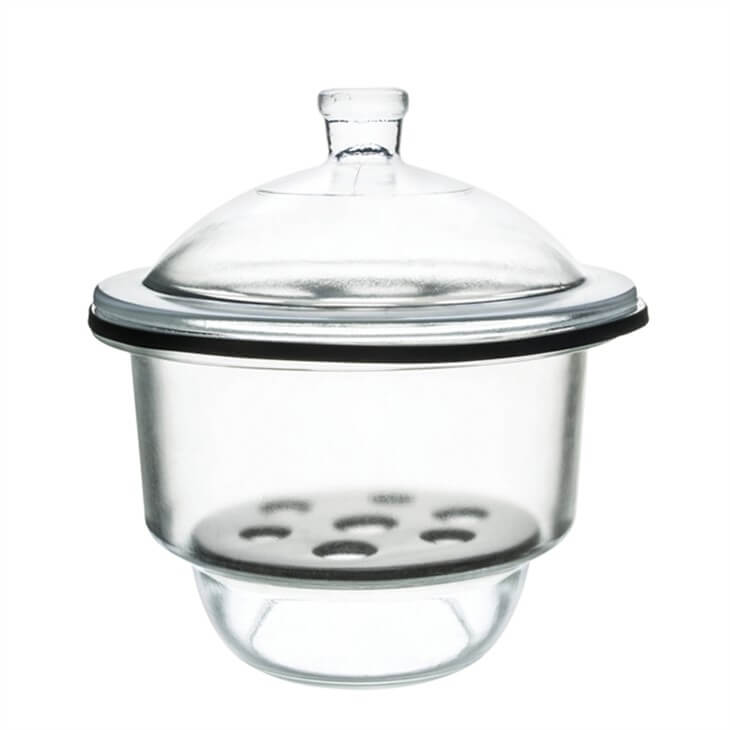 |
| 8. | Dropper | It is made up of a glass tip with a rubber bulb. It is used to dispense drops of liquids. |  |
| 9. | Electrical Balance | Used for quick, accurate measurement of mass. | |
| 10. | Evaporation Dish | Porcelain dish; It is used to hold a solution during evaporation. | |
| 11. | Forceps | It is a handheld instrument made of metal or plastic. It is used to isolate and remove small particles or hold many objects together. | |
| 12. | Funnel | Made of glass or plastic; It is used to hold a filter paper during filtration. It is also used for transferring liquids into containers with relatively small openings, so as to avoid spills. | 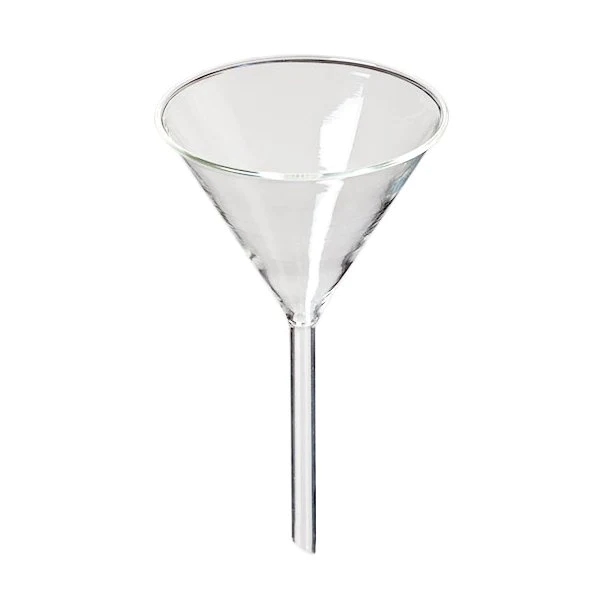 |
| 13. | Separating Funnel | Made of glass or plastic; It is used to separate immiscible liquids. | 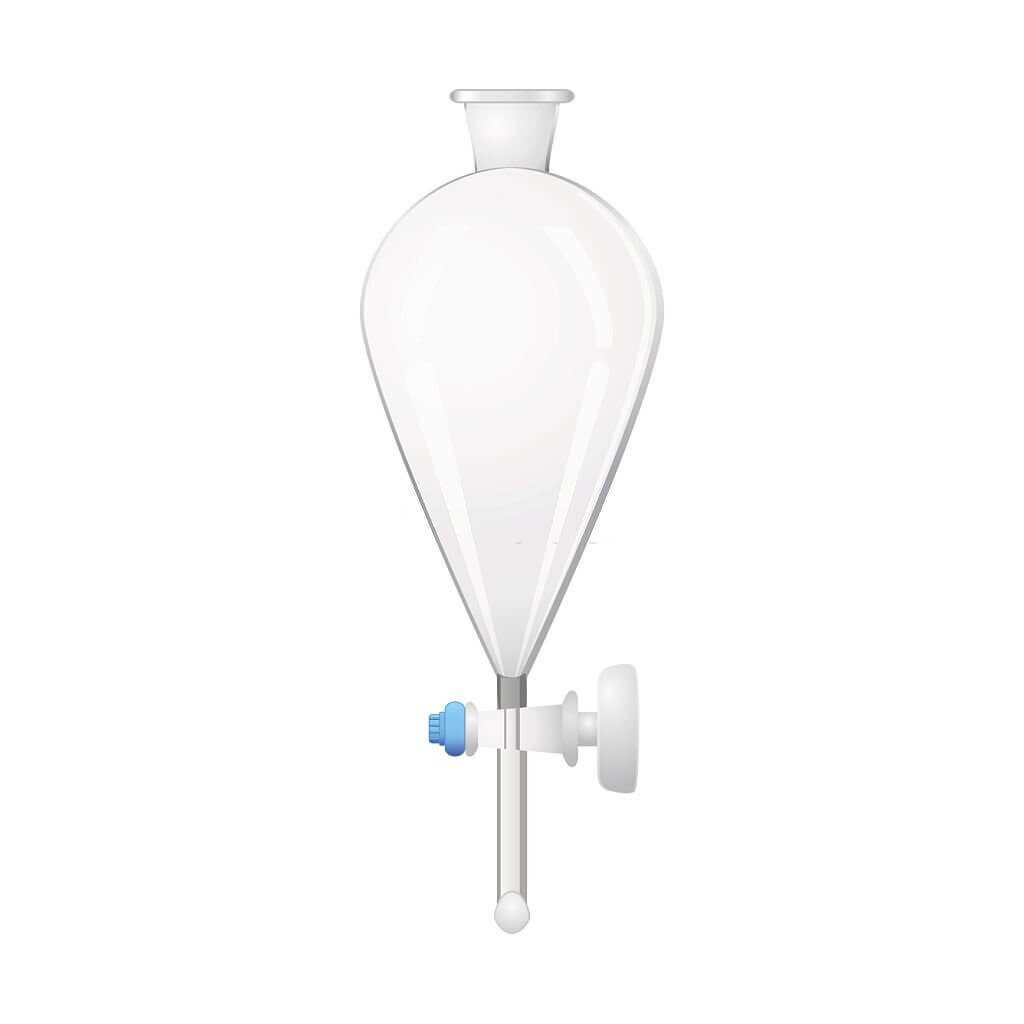 |
| 14. | Safety Goggles (Safety Glasses) | A pair of safety glasses worn to protect the eyes. | |
| 15. | Measuring Cylinder | Made of plastic or glass; It is used to measure accurate volume (usually of liquids). They are of different capacities. | 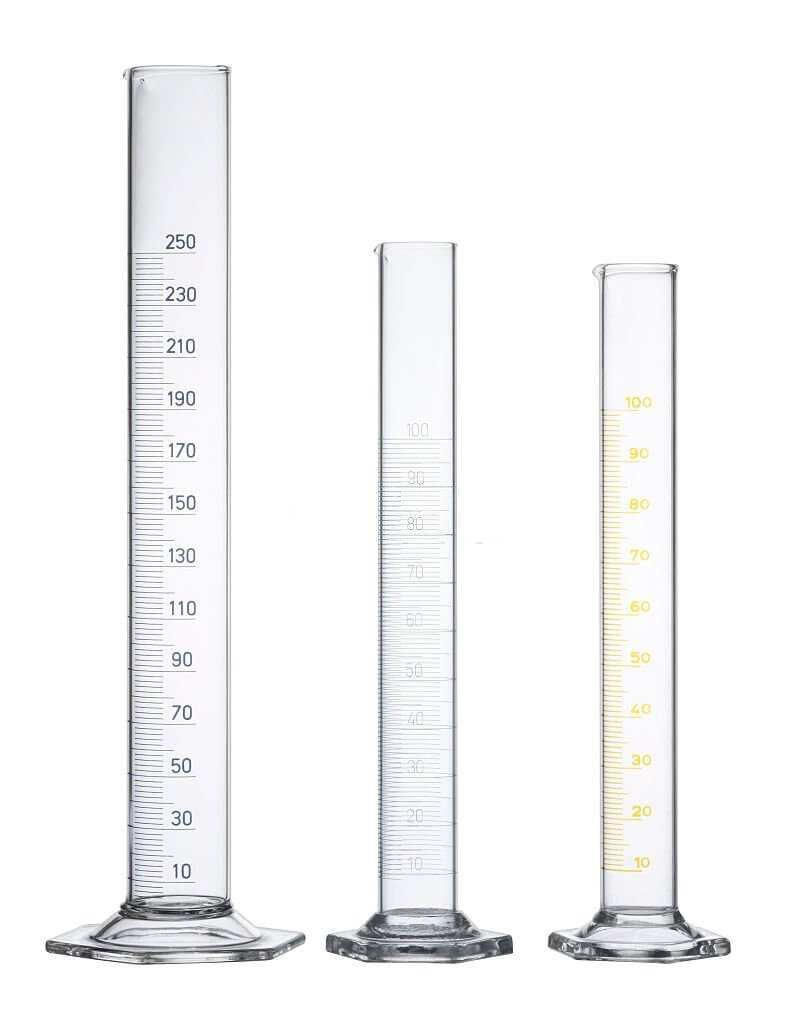 |
| 16. | Heat Resistant Gloves | This is a protective pair of hand gloves used to handle hot glassware, or other hot laboratory equipment. | |
| 17. | Mortar and Pestle | Heavy porcelain dish with grinder. It is used to grind solid chemicals into powder form. | |
| 18. | Petri Dish | Plastic or glass; It is a shallow cylindrical dish with a lid. It is used to observe chemical reactions and to hold specimens for observation. | |
| 19. | Pipestem Triangle (Clay Triangle) | Triangular wireframe with clay material coverings. It is used to hold a crucible or other lab-ware in place on a Bunsen burner during heating. | 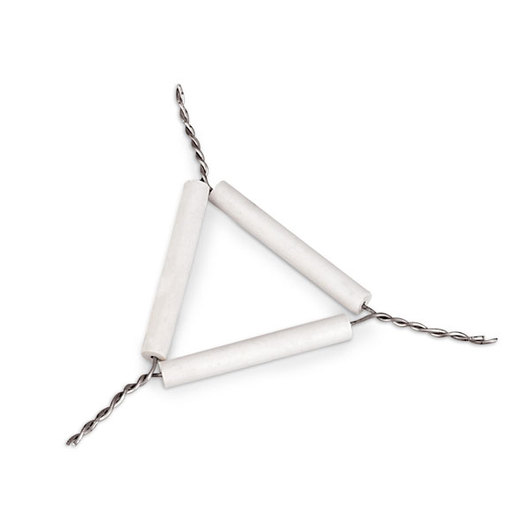 |
| 20. | Pipette | Used to transfer small (definite) amounts of liquid to a different container. Volumetric pipettes give an accurate measurement of liquids due to their long necks which decreases the error in measurement. | |
| 21. | Plastic Wash Bottle | Squeezable plastic bottle; It is used to dispense distilled water in the laboratory. | |
| 22. | Reagent Bottle | It is made of glass, plastic, borosilicate, or related substances, and topped by special caps or stoppers. It contains chemicals in liquid or powder form. |  |
| 23. | Resort Stand | It is a metal rod which stands upright on a heavy base (triangular or rectangular) to which clamps can be attached to hold burettes and other equipment such as test tubes and separating funnels. | 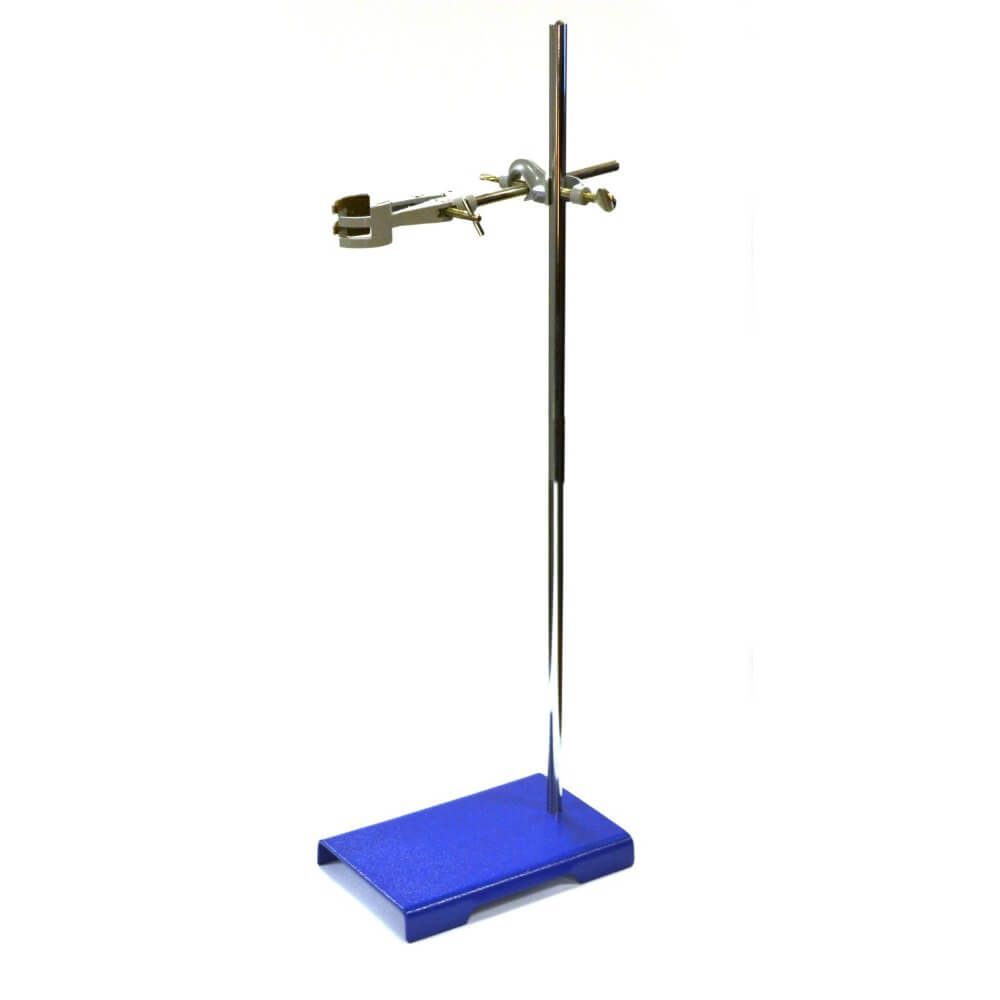 |
| 24. | Clamp | It is a metal clamp with a screw fastener, a swivel and lock nut, an adjusting screw, and a curved clamp; Used to hold an apparatus (test tube or burette) to the retort stand. | |
| 25. | Round Bottom Flask | Used to hold liquids when carrying out reactions. | 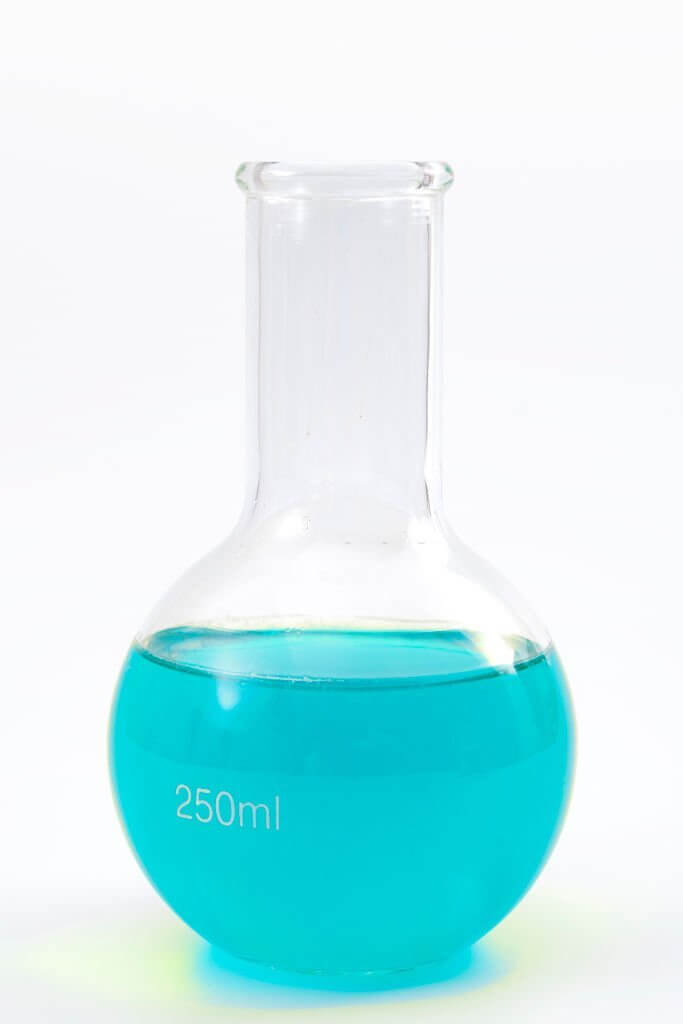 |
| 26. | Rubber Stopper | Used to cap the openings of glassware, such as test tubes or Erlenmeyer flasks. | |
| 27. | Spatula | It is made of metal, sometimes wood; It has a flat rounded end and a rectangular end. It is used to transfer small amounts of solid chemicals. | |
| 28. | Spot Plates | Plastic or ceramic reaction surfaces with slight “dips” for containing small chemicals. | 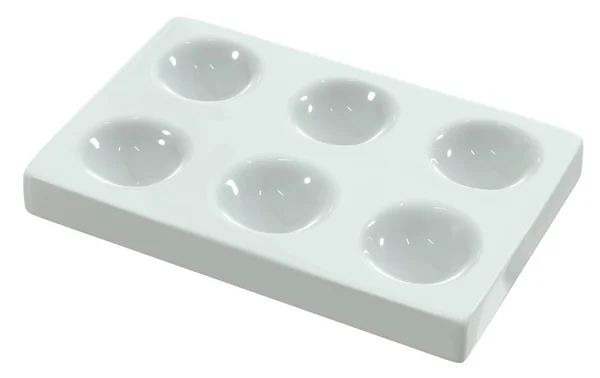 |
| 29. | Stirring Rod | Made of glass; It is used to stir and mix chemicals. | |
| 30. | Test Tube | Glassware that comes in many sizes; It is used to hold small amounts of chemicals but has many other uses. | 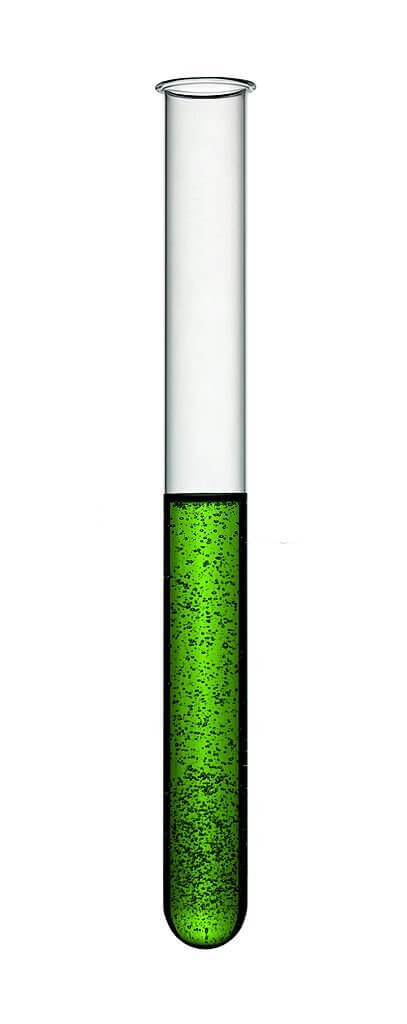 |
| 31. | Test Tube Brush | Brush with wire handle; It is used to scrub test tubes and other thin glassware. |  |
| 32. | Test Tube Holder | Made of metal; It has a clamp with a wooden handle. It is used to hold a test tube. | |
| 33. | Test Tube Rack | It is made of wood, metal, or plastic. It is used to hold test tubes in an upright position. | 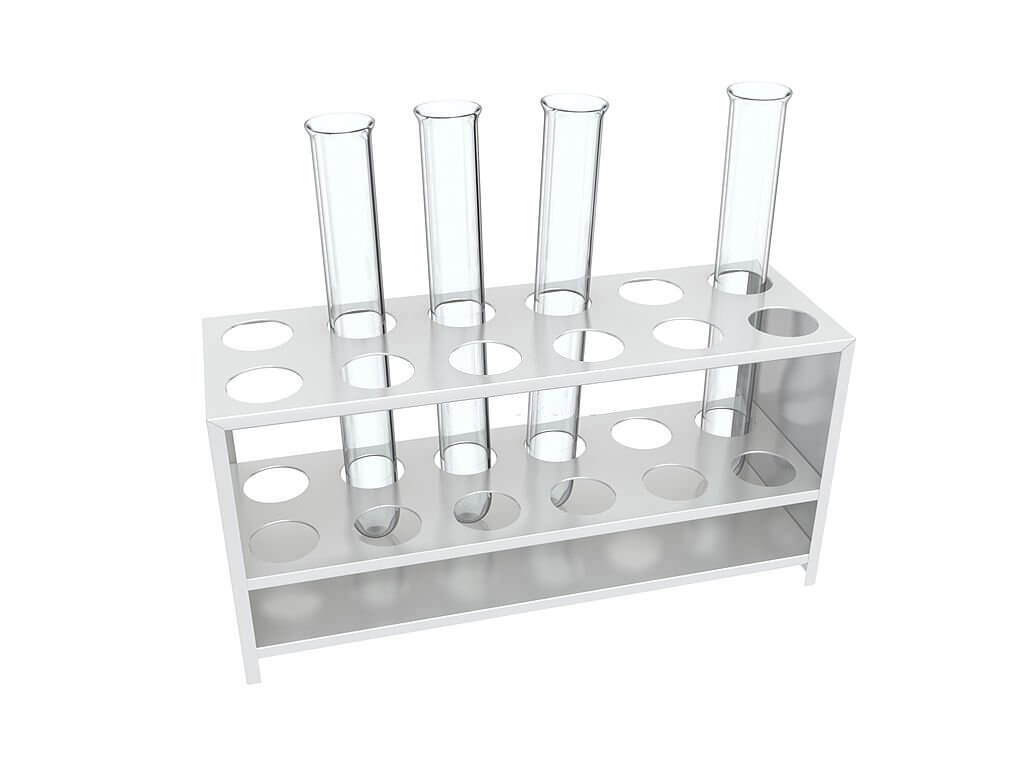 |
| 34. | Thermometer | Made of glass and filled with a red or blue liquid (usually alcohol); It is used to measure temperature accurately. |  |
| 35. | Triple Beam Balance | It is used for determining the mass, in grams, of a chemical or object. |  |
| 36. | Tripod Stand | Made of metal; It is used to hold the wire gauze and clay triangle over a Bunsen burner during heating. | 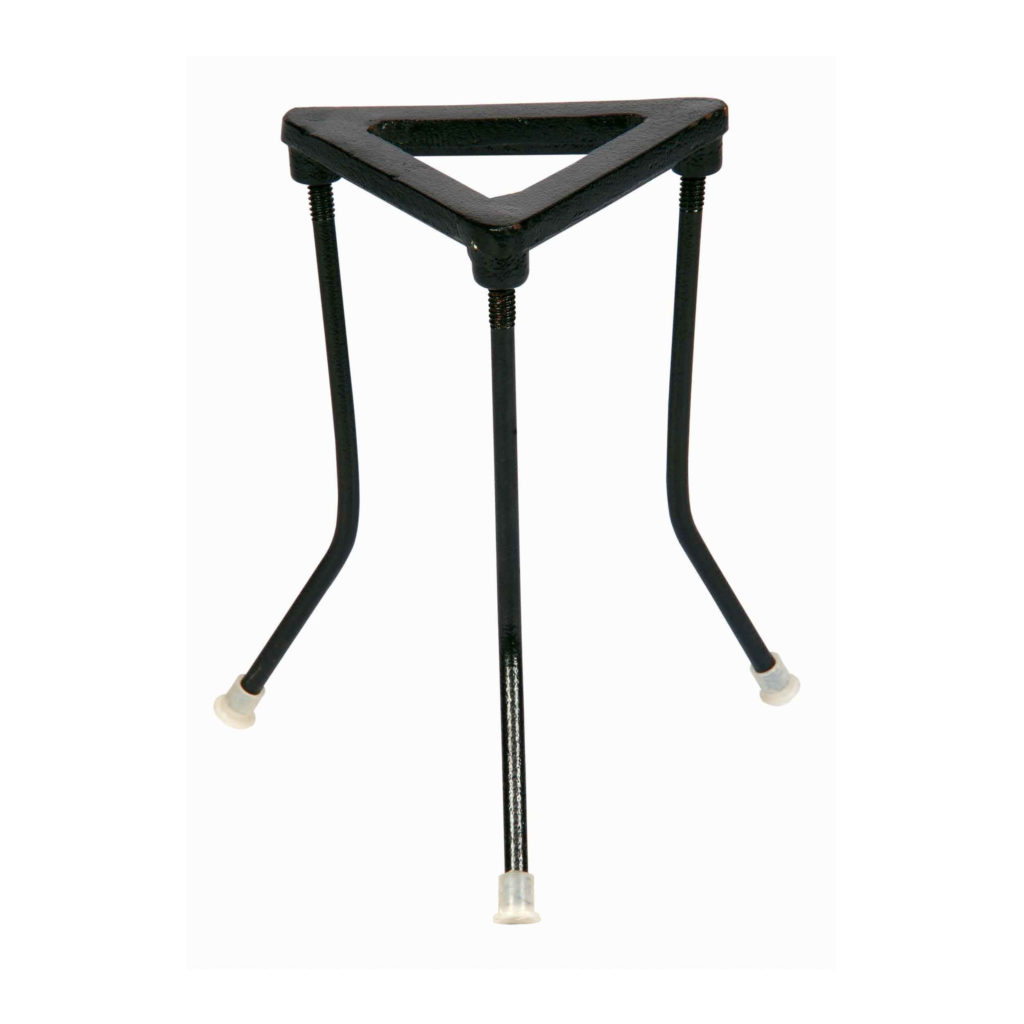 |
| 37. | Volumetric Flask | Made of glass or plastic; It has a ring graduation mark and can be stopped. It is used in making solutions to a known volume. | 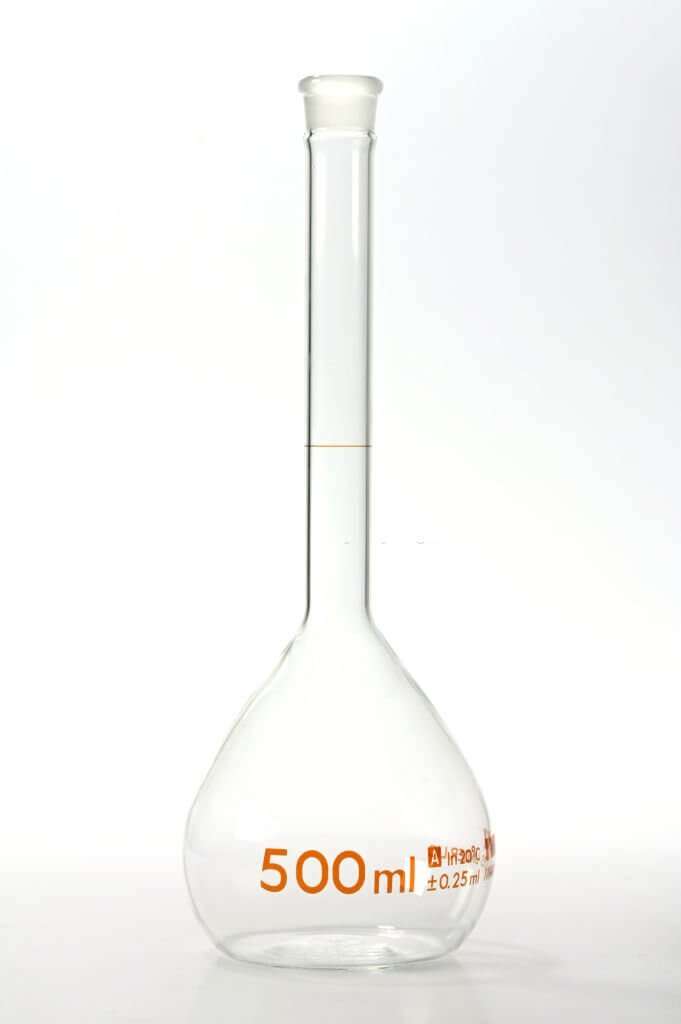 |
| 38. | Watch Glass | A watch glass is a circular concave piece of glass used in chemistry as a surface to evaporate a liquid, to hold solids while being weighed, for heating a small amount of substance, and as a cover for a beaker. | 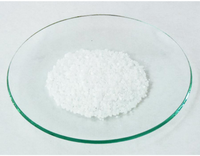 |
| 39. | Wire Gauze | Wire screen with ceramic fibered centre; It is used to spread the heat of a flame. |
Theory Questions:
1. (a) What is scientific law?
(b) Give one difference between theory and hypothesis
(c) List three applications of chemistry in each of the following:
(i) Hospital
(ii) agriculture
(iii) military
View Answers2. (a) (i)What is drug abuse (ii) State one effect of drug abuse on human beings.
(b) List three adverse effects of chemical substances
(c) (i) List four courses in the university that are linked to chemistry (ii) List four careers that are linked to chemistry
View Answer3. (a) Name and draw five (5) laboratory apparatus
(b) Give one use, each, of the apparatus mentioned in (a) above
View Answer4. Name the correct apparatus for use in the laboratory to carry out the following
(a) Transferring crystals of a compound into a test tube.
(b) Measure an accurate volume of a liquid.
(c) Grind lumps of chemicals to powder.
(d) Dispense drops of liquid chemicals.
(e) Hold specimens for observation.
View Answer5. (a) List four pieces of protective apparatus in the laboratory.
(b) Which apparatus would you use for the intermittent supply of gas in the lab?
View Answer


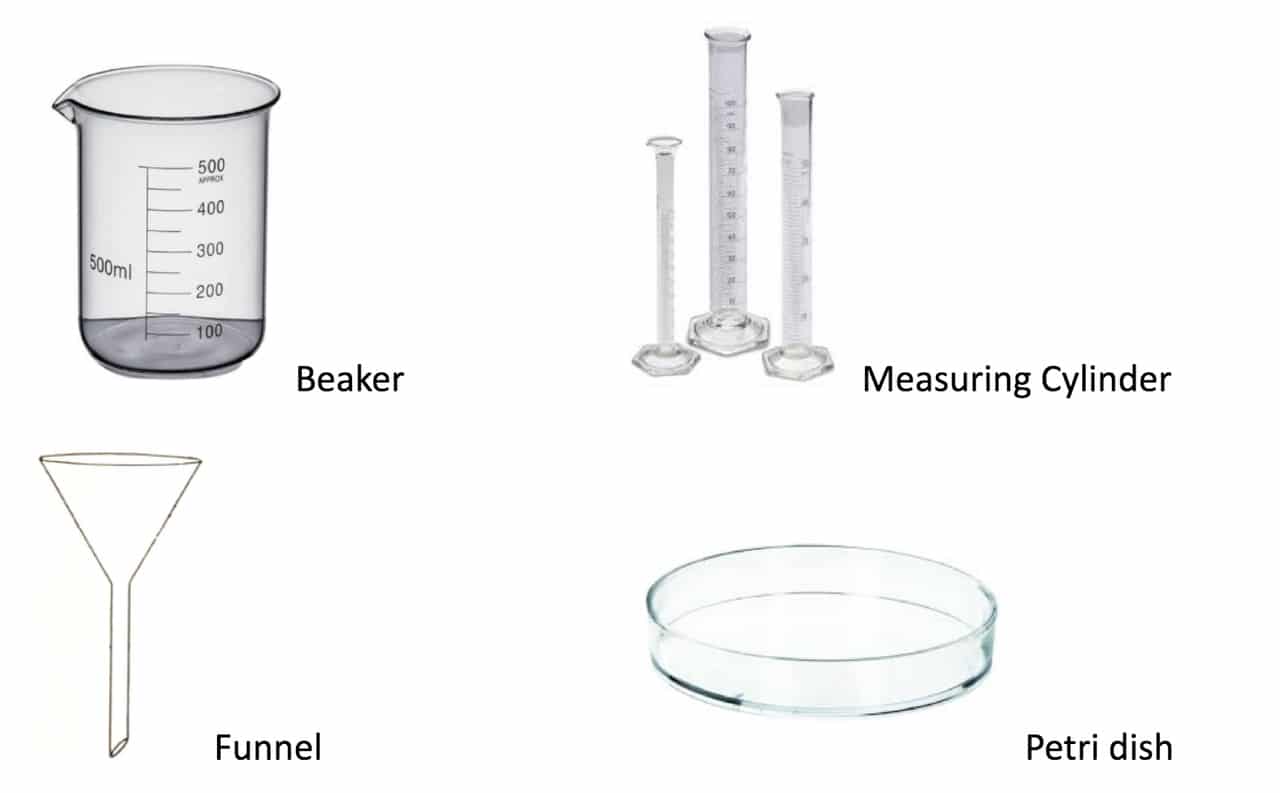
It was Amazing and Impactful…! Thanks a lot for your time and commitment. God bless you. I’ve acquire so much as a science student.. Thanks once again!!!